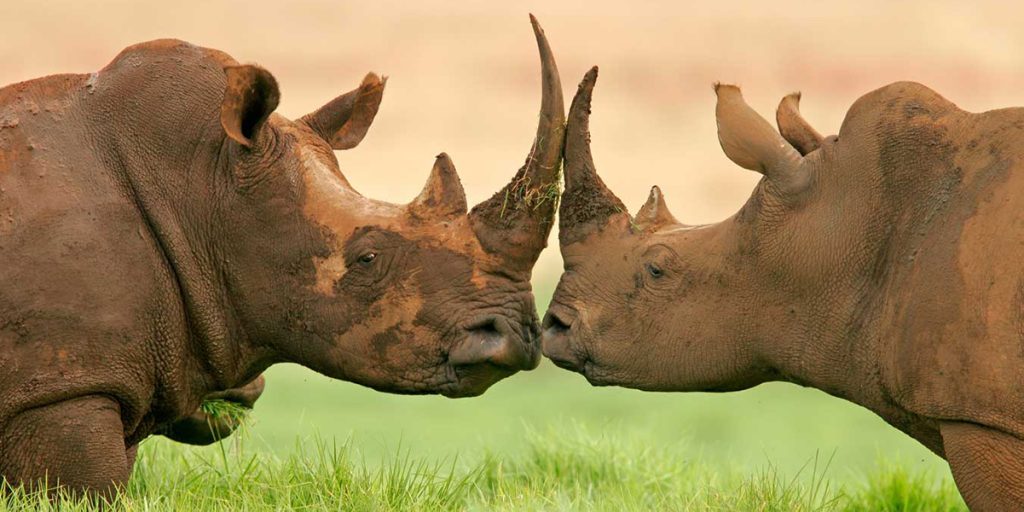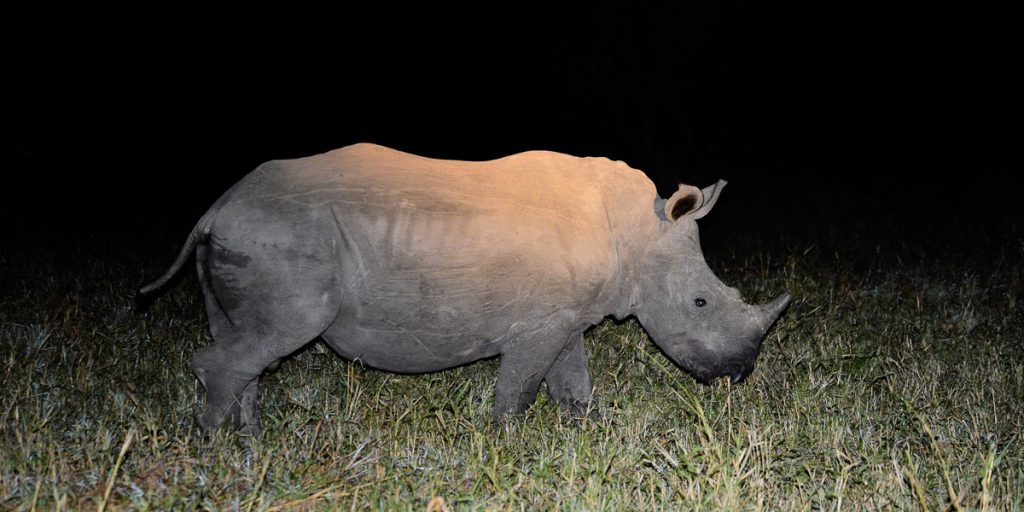Black Rhinos in Africa | Best Places to See Them & Expert Tips
Black Rhino Facts, Lifespan, Size, Strength, Habitat & Diet
You’re on safari. It’s quiet. Then the guide freezes. Raises a finger. Points that direction. There it is—a hulk of muscle, horned, eyes squinting, facing you like it’s already made a decision.
That’s a black rhino. And it’s not here to play. You might only see one for 15 seconds. But it’ll be enough.
Because black rhinos don’t leave you with stories. They leave you with silence, goose bumps, and that small, wild reminder—you’re on their land.
They are always found in semi-desert savannah, woodlands, forests, wetlands, always seen living solitary lives.
What Makes the Black Rhino Different?
The black rhino isn’t literally black—it’s dusty grey, often covered in dried mud.
It gets its name from the same colonial confusion that named the white rhino. But this isn’t about color. It’s about attitude.
Black rhinos are browsers, not grazers.
They eat leaves, twigs, and shrubs—using their pointed, hooked upper lip like a finger to pluck food from thorny bushes.
They’re solitary. Territorial. And thanks to decades of poaching, they’re now critically endangered.
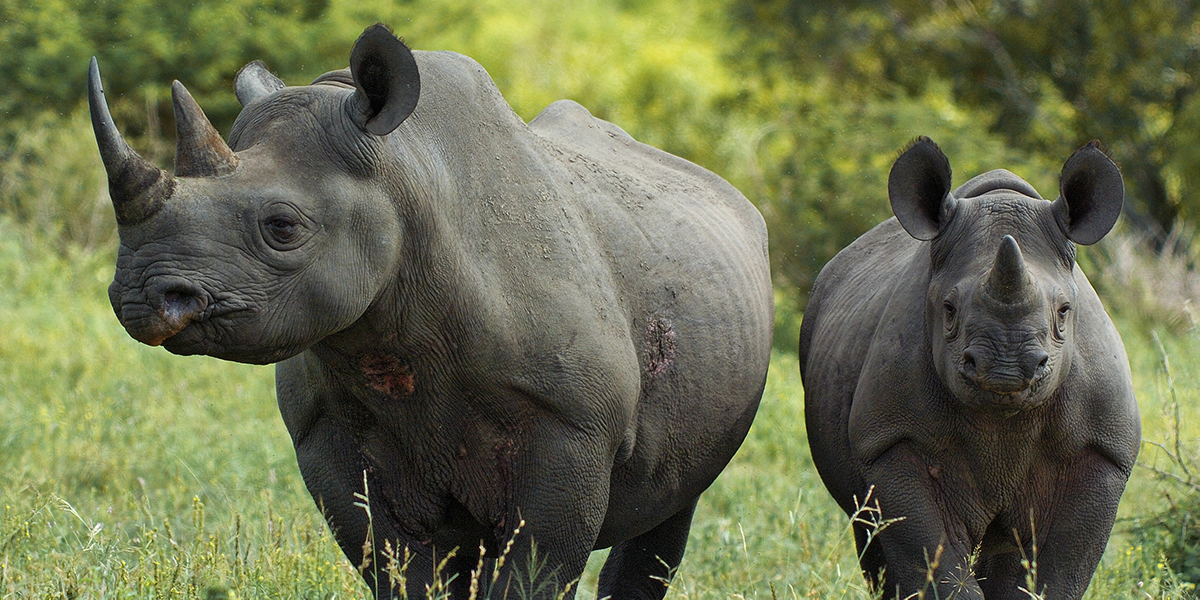
Black Rhino Walking in the wild
Black Rhino vs White Rhino: Know the Difference
| Feature | Black Rhino | White Rhino |
| Mouth shape | Hooked, pointed (browsing) | Wide, square (grazing) |
| Size | Smaller, up to 1,400 kg | Larger, up to 2,400 kg |
| Head posture | Upright (eats from shrubs) | Downward (eats grass) |
| Temperament | Aggressive, solitary | Calm, more social |
| Sightings | Rare and elusive | More common |
| Speed | Up to 55 km/h (explosive!) | Slightly slower |
Recommended Safaris
4 Day Murchison Falls & Chimpanzee Tracking Safari
$ 1260
per person6-Days Murchison Falls & Queen Elizabeth Safari with Big 5 Sightseeing
$ 1350
per personTop 8 Best Places to See Black Rhinos in Africa
1. Etosha National Park, Namibia
Etosha is dry, flat, and perfect for spotting black rhinos—especially around waterholes at sunset. You won’t need luck. Just patience and silence.
2. Ngorongoro Crater, Tanzania
This volcanic bowl offers one of the best chances to see wild black rhinos in East Africa. They’re often visible from a distance in open plains.
3. Ol Pejeta Conservancy, Kenya
A sanctuary success story. Over 130 black rhinos live here under tight protection.
Spot them during guided drives or on foot with expert rangers.
4. Damaraland, Namibia
One of the few places where black rhinos still roam free-range in the wild, unconfined by fences. You track them on foot, with expert trackers and armed scouts.
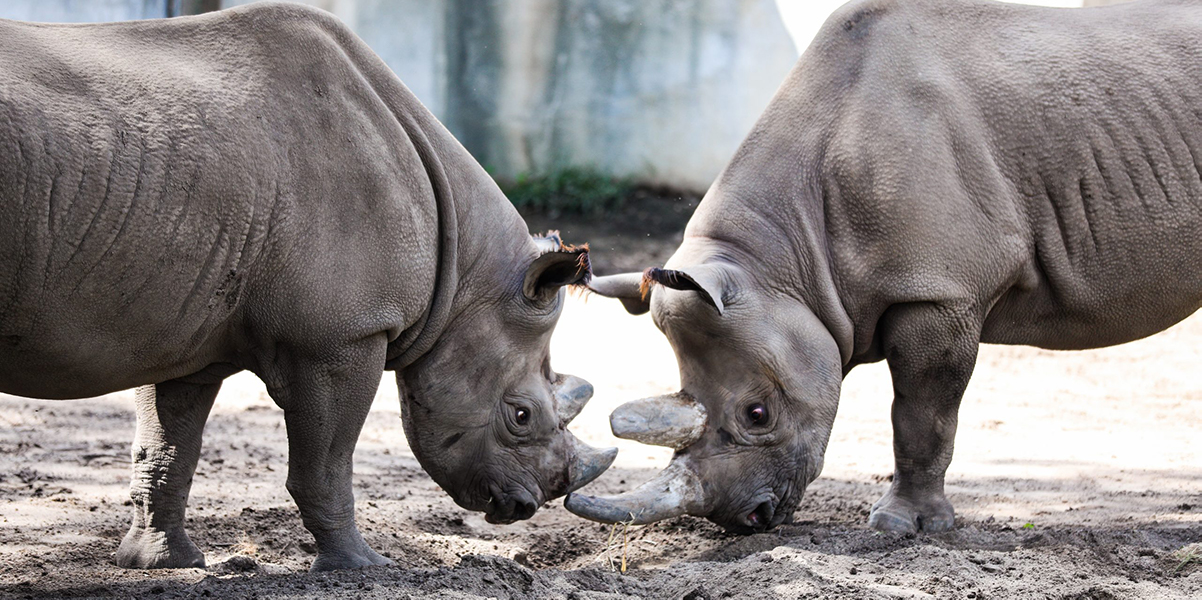
Black Rhino on Sand
5. Ziwa Rhino Sanctuary, Uganda
Mostly white rhinos today, but black rhino reintroduction plans are underway. Worth watching closely in the coming years.
6. Kruger National Park, South Africa
Despite poaching threats, Kruger still holds a significant black rhino population. Head for quieter zones and listen to your guide.
7. Mkomazi National Park, Tanzania
A rhino breeding stronghold and hidden gem—quiet, remote, and protected. Great for hardcore wildlife lovers seeking off-the-beaten-path encounters.
8. Solio Game Reserve, Kenya
A pioneer in rhino conservation, Solio is famous for large rhino sightings—often both black and white rhinos together in the open.
Black Rhino Gallery
10 Expert Tips to Spot a Black Rhino on Safari
- Go Early or Late – Like most wildlife, rhinos avoid the midday heat, they do not feed mostly during hot sun. They prefer the cooler grazing times.
- Choose Drier Seasons – Less vegetation = better visibility.
- Be Silent – Black rhinos are nervous and react to noise quickly.
- Track Footprints and Dung – Guides can read fresh signs to lead you in.
- Stay Downwind – Rhinos have poor vision but excellent smell.
- Look for Mud Pools – They wallow to cool off and escape parasites.
- Scan Thorn Bushes – Black rhinos love browsing in thick vegetation.
- Avoid Bright Clothing – Noisy patterns = bad bush camouflage, this may be seen as a threat to them.
- Use Binoculars – Sometimes, the rhino may be distant, the binoculars make them more visible.
Join a Rhino Walk – Places like Damaraland or Ol Pejeta offer guided rhino tracking on foot—intense, unforgettable.
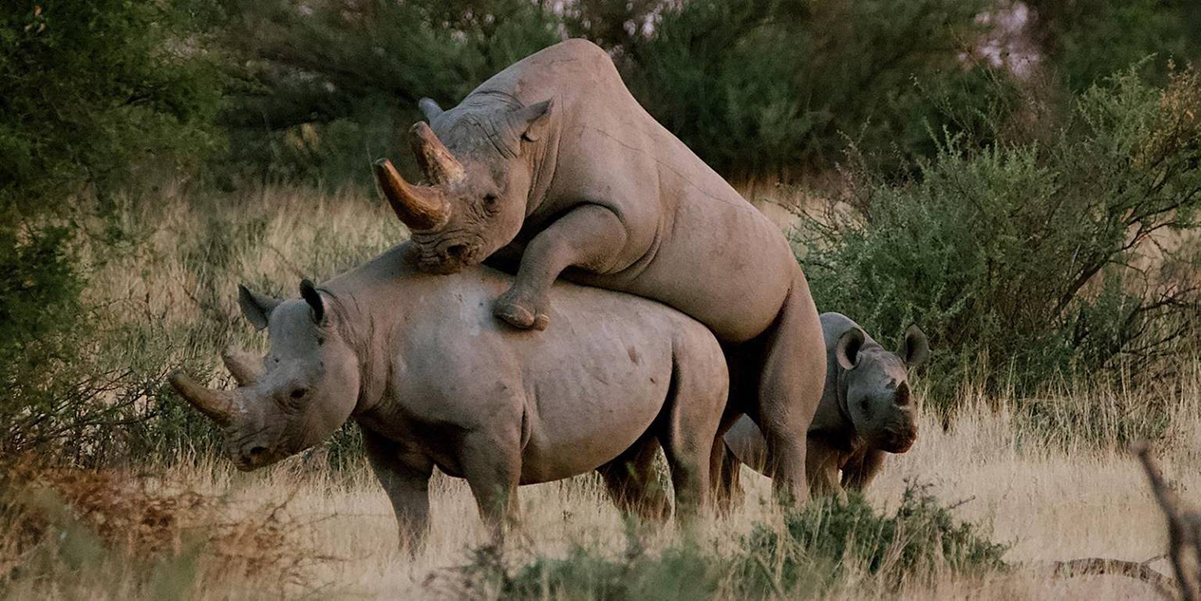
Black Rhinos Mating in the Wild
Black Rhino FAQs
How many black rhinos are left?
Roughly 5,000–5,500 remain in the wild. Numbers are improving thanks to conservation but still dangerously low.
Why are black rhinos critically endangered?
The rhino’s horn is worth more than gold because of this they suffer from poaching for their horn. Despite having no medicinal value, it’s trafficked illegally for status and pseudoscience.
Are black rhinos aggressive?
Yes. They’re notoriously unpredictable. If they sense a threat, they may charge first and ask questions later. When sighting them, you want to pay close attention and follow you guide’s advice and tips.
Do they live in groups?
Rarely. Black rhinos are known for being solitary—except for mothers with calves or occasional territorial overlaps.
What do black rhinos eat?
Just like any other rhino, they eat eaves, shoots, thorny branches, and shrubs. Their hooked lip is specialized for this.
Can black rhinos run fast?
Surprisingly fast—up to 55 km/h, despite their massive size. In the park, they may even be faster than your safari vehicle but, don’t worry, you are safe!
Do rhinos use their horns in fights?
Yes. Horns are used to defend territory, attract mates, and fight off predators or rivals.
Recommended Safaris
4 Day Murchison Falls & Chimpanzee Tracking Safari
$ 1260
per person6-Days Murchison Falls & Queen Elizabeth Safari with Big 5 Sightseeing
$ 1350
per personFinal Word: You Don’t Find a Black Rhino—It Lets You See It
It’ll probably see you first and yes, with it’s well developed heading and smelling senses, It’ll definitely hear you.
And if it decides you’re not worth the trouble, it’ll vanish like a shadow in thorn bush.
But if you do lock eyes with a black rhino, just know—you’ve been granted one of Africa’s most precious encounters.
So… what will you do with that moment when the horns rise above the brush and your heart hits your ribs?
Black Rhinos: Massive, Endangered, and Ready to Charge
Don’t wait,
book this adventure safari today
Low season
Oct, Nov, Mar, Apr, may
Peak season
Jun, July, Aug, Sept, Dec

Got any questions
about traveling to Uganda?
Get in touch.





